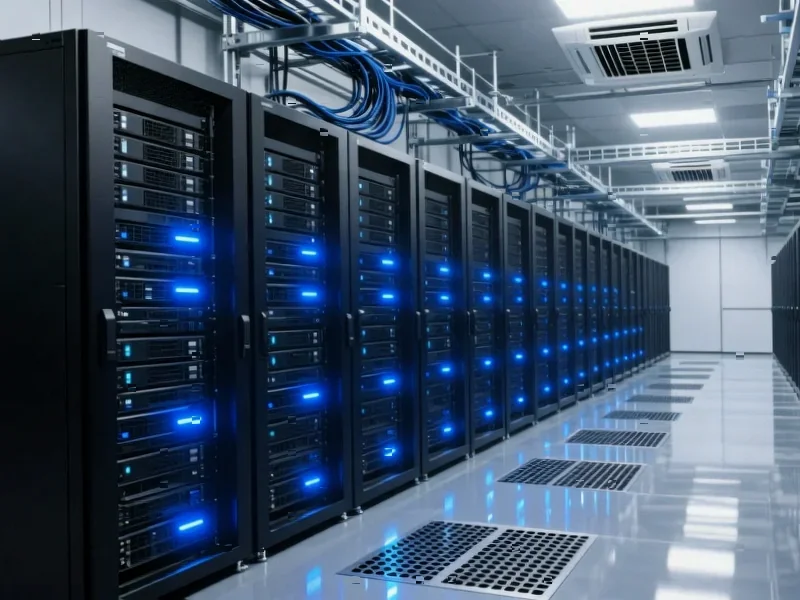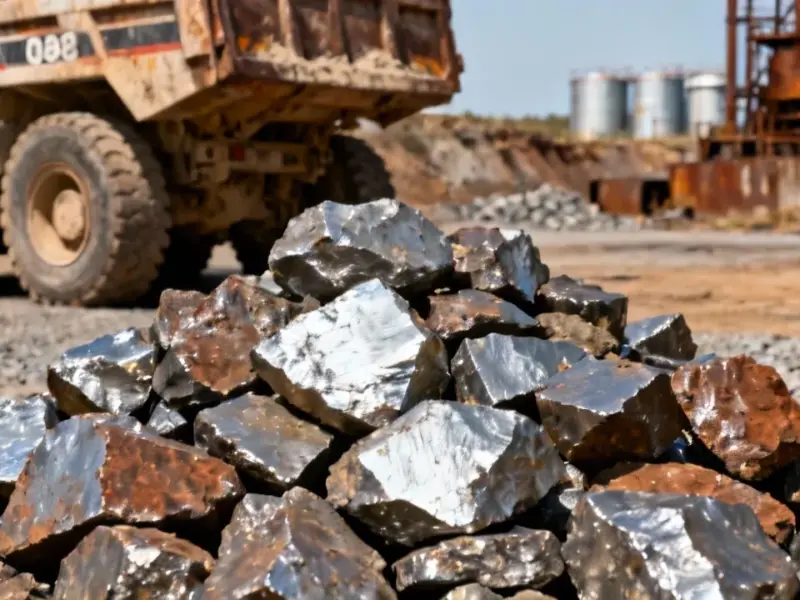According to DCD, Amazon Web Services has signed a 15-year, approximately $5.5 billion lease agreement with Bitcoin mining company Cipher Mining to provide 300MW of data center capacity for AI workloads. The deal will see Cipher deliver turnkey space and power in two phases beginning July 2026, with completion expected by Q4 2026 and rent commencing in August 2026. This marks AWS’s second major hyperscaler partnership following a September deal with Fluidstack for 168MW at Cipher’s upcoming Barber Lake site, which is backed by Google. Additionally, Cipher announced plans for a new 1GW campus called Colchis in West Texas with a direct connect agreement with American Electric Power targeting 2028 energization. This strategic shift comes as the company leverages its existing 477MW operational capacity and extensive Texas development pipeline to capture AI infrastructure demand.
The Bitcoin Miner’s Strategic Reinvention
Cipher Mining’s transformation from Bitcoin mining specialist to hyperscale infrastructure provider represents one of the most dramatic pivots in recent data center history. Originally spun off from Bitfury in 2021, Cipher built its entire business model around cryptocurrency mining operations across Texas. Their existing sites in Odessa, Alborz, Bear, and Chief were specifically designed for power-hungry mining rigs, not the sophisticated cooling requirements of AI workloads. This deal suggests Cipher has been strategically repositioning its assets and development pipeline for months, recognizing that the AI boom offered more predictable revenue than volatile cryptocurrency markets. The company’s sudden emergence as a credible partner for AWS indicates they’ve made substantial behind-the-scenes investments in redesigning their facilities for enterprise-grade reliability.
AWS’s Texas Power Gambit
Amazon’s decision to partner with a former Bitcoin miner reveals the extreme pressure hyperscalers face in securing AI-ready capacity. Traditional data center providers simply cannot build fast enough to meet the explosive demand for GPU computing. AWS is effectively betting $5.5 billion that a company with no prior enterprise hosting experience can deliver mission-critical infrastructure within 18 months. The timeline is particularly aggressive – Cipher must design, permit, and construct facilities with both air and liquid cooling capabilities while navigating Texas’s challenging power grid. This suggests AWS sees Cipher’s existing land positions and power contracts as more valuable than established data center operators’ experience, prioritizing speed over proven track records in the race for AI dominance.
The Execution Minefield
The technical challenges Cipher faces cannot be overstated. Converting Bitcoin mining facilities designed for simple, repetitive computations to AI workloads requiring sophisticated cooling and redundant power represents a fundamental reengineering challenge. Bitcoin mining operations typically use basic air cooling and prioritize lowest-possible capital costs, while AI data centers require advanced liquid cooling systems, higher-density power distribution, and enterprise-grade redundancy. Cipher’s existing 477MW operational capacity gives them power infrastructure experience, but building for hyperscale AI demands entirely different engineering competencies. The compressed timeline – with delivery starting in just 18 months – leaves minimal room for design iterations or construction delays that commonly plague first-time developers of this scale.
Texas Power Grid Realities
Cipher’s entire strategy hinges on Texas’s notoriously fragile power grid being able to support massive new AI loads. The Electric Reliability Council of Texas (ERCOT) grid has faced multiple near-collapse events during extreme weather, most notably during Winter Storm Uri in 2021. Adding 300MW of constant AI load – equivalent to powering approximately 225,000 homes – represents a significant new demand on a grid already struggling with reliability. While Cipher’s American Electric Power direct connect agreement for their Colchis project provides some insulation from grid instability, the AWS facilities’ specific interconnection arrangements remain undisclosed. Any power reliability issues could jeopardize the entire $5.5 billion agreement and damage AWS’s reputation for service reliability.
Financial Precipice and Market Timing
Cipher’s Q3 2025 net loss of $3 million reveals the financial pressure driving this strategic pivot. Bitcoin mining has become increasingly competitive with shrinking margins, making the predictable revenue from long-term hyperscaler contracts incredibly attractive. However, the capital expenditure required to build AI-ready facilities dwarfs Bitcoin mining infrastructure costs. Cipher must finance hundreds of millions in construction before seeing their first AWS rental payment in August 2026. The company’s reliance on SoftBank and Google as financial backers suggests they’re leveraging strategic partnerships to bridge this funding gap, but any construction delays or cost overruns could strain their financial position long before the AWS revenue begins flowing.
Broader Industry Implications
This deal signals a fundamental reshaping of digital infrastructure markets. Formerly specialized operators in adjacent sectors – particularly Bitcoin mining and renewable energy development – are suddenly becoming credible competitors to established data center REITs. Their key advantage lies in pre-secured power capacity and land positions in markets where traditional developers face years-long interconnection queues. If Cipher successfully delivers for AWS, expect a wave of similar deals as hyperscalers become increasingly desperate for capacity. However, this also creates systemic risk – many of these new entrants lack the operational experience of established providers, potentially creating reliability issues across the AI infrastructure ecosystem that supports critical business and research applications.




